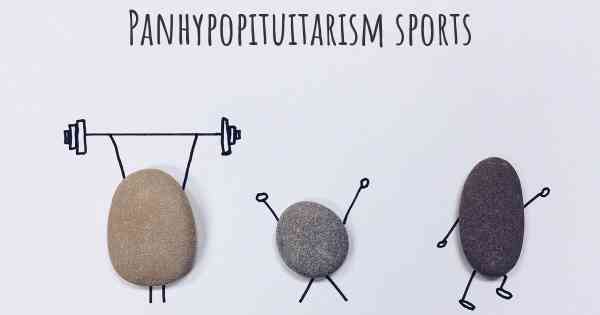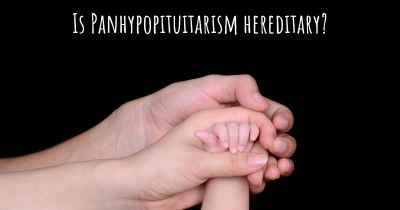Is it advisable to do exercise when affected by Panhypopituitarism? Which activities would you suggest and how intense should they be?
See if it is advisable for people with Panhypopituitarism to practice sports and which ones are the most recommended if you have Panhypopituitarism

Exercise and Panhypopituitarism: Recommendations and Intensity
Panhypopituitarism is a rare condition characterized by the underproduction or complete absence of hormones from the pituitary gland. This hormonal deficiency can lead to various health issues, including fatigue, muscle weakness, and weight gain. Engaging in regular exercise can be highly beneficial for individuals affected by panhypopituitarism, as it can help improve overall health, manage weight, and enhance well-being.
Benefits of Exercise for Panhypopituitarism
Exercise offers numerous advantages for individuals with panhypopituitarism:
- Improved cardiovascular health: Regular physical activity can enhance heart and lung function, reducing the risk of cardiovascular diseases.
- Weight management: Exercise helps burn calories, control weight, and prevent obesity, which is often associated with panhypopituitarism.
- Increased muscle strength: Strengthening exercises can combat muscle weakness and improve overall physical performance.
- Mood enhancement: Physical activity stimulates the release of endorphins, which can boost mood and reduce symptoms of depression and anxiety.
- Better bone health: Weight-bearing exercises, such as walking or resistance training, can help maintain bone density and reduce the risk of osteoporosis.
Recommended Exercises
When engaging in exercise with panhypopituitarism, it is important to consider individual capabilities, overall health, and any specific limitations. Here are some recommended activities:
- Aerobic exercises: Activities that increase heart rate and breathing, such as brisk walking, cycling, swimming, or dancing, are excellent choices. Start with low-impact exercises and gradually increase intensity and duration.
- Strength training: Incorporating resistance exercises using weights, resistance bands, or bodyweight can help build muscle strength. Focus on major muscle groups and perform exercises 2-3 times per week.
- Flexibility exercises: Stretching exercises, yoga, or Pilates can improve flexibility, joint mobility, and posture. These activities also promote relaxation and stress reduction.
- Balance exercises: Practicing balance exercises, such as tai chi or standing on one leg, can help prevent falls and improve stability.
Exercise Intensity
The intensity of exercise should be tailored to individual fitness levels and health conditions. It is crucial to consult with a healthcare professional or a qualified exercise specialist before starting any exercise program. They can provide personalized recommendations based on your specific needs and abilities.
For individuals with panhypopituitarism, it is generally recommended to start with low to moderate intensity exercises and gradually progress over time. Listen to your body and avoid overexertion or pushing beyond your limits. Pay attention to any signs of fatigue, dizziness, or excessive shortness of breath, and adjust the intensity accordingly.
Remember to warm up before each exercise session and cool down afterward to prevent injury and promote recovery. Stay hydrated, wear appropriate clothing and footwear, and choose exercise environments that are safe and comfortable.
Conclusion
Engaging in regular exercise can be highly beneficial for individuals affected by panhypopituitarism. It can improve cardiovascular health, manage weight, increase muscle strength, enhance mood, and promote better bone health. However, it is essential to consult with a healthcare professional before starting any exercise program to ensure it is safe and suitable for your specific condition. By incorporating recommended exercises and gradually increasing intensity, individuals with panhypopituitarism can enjoy the numerous physical and mental benefits of regular physical activity.
Posted Dec 6, 2018 by Ty 4960








